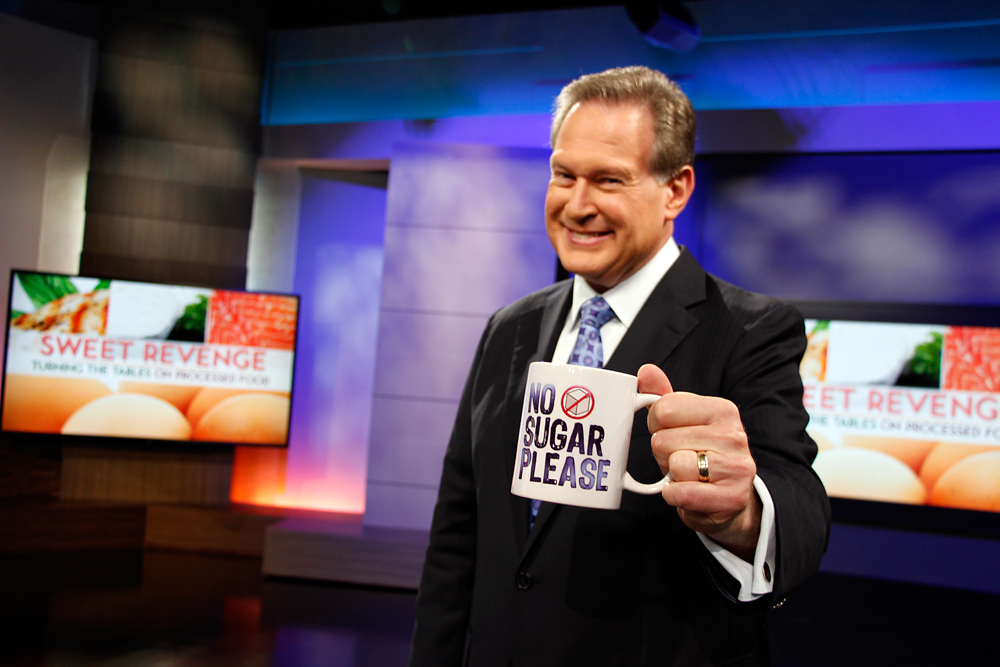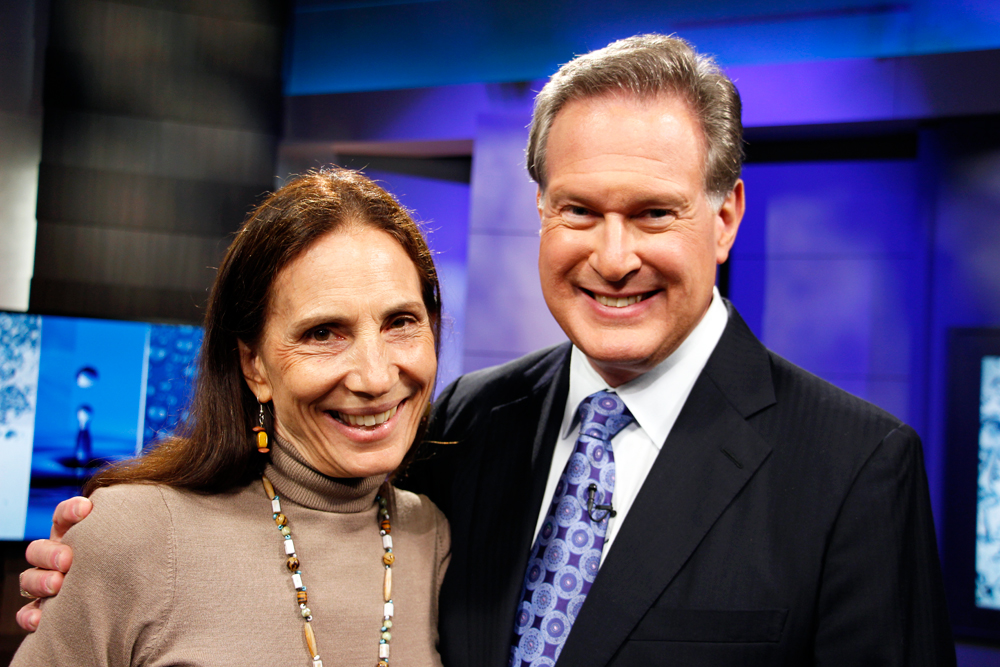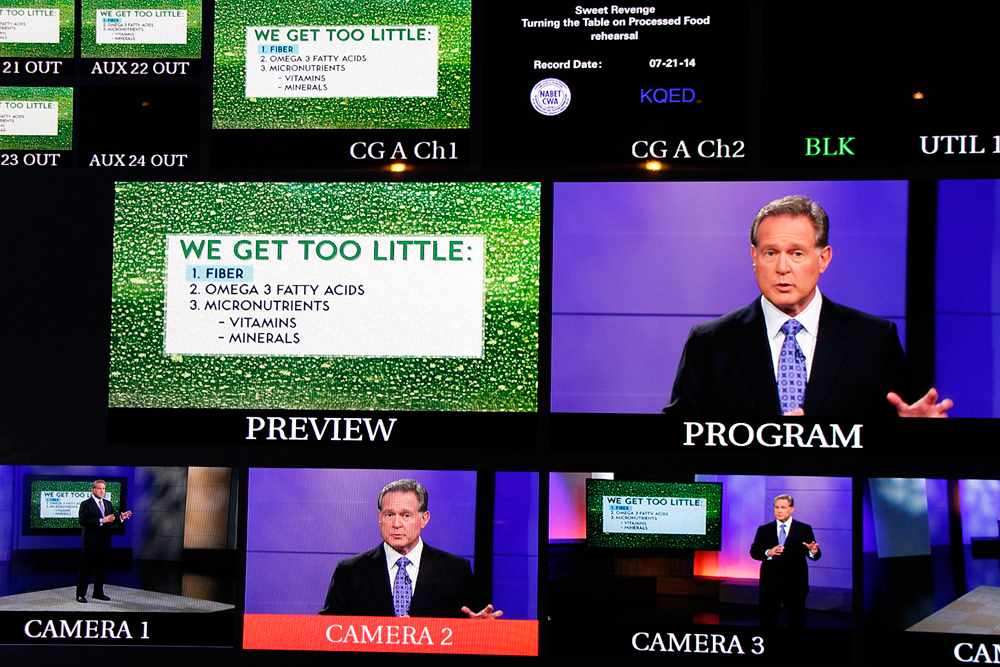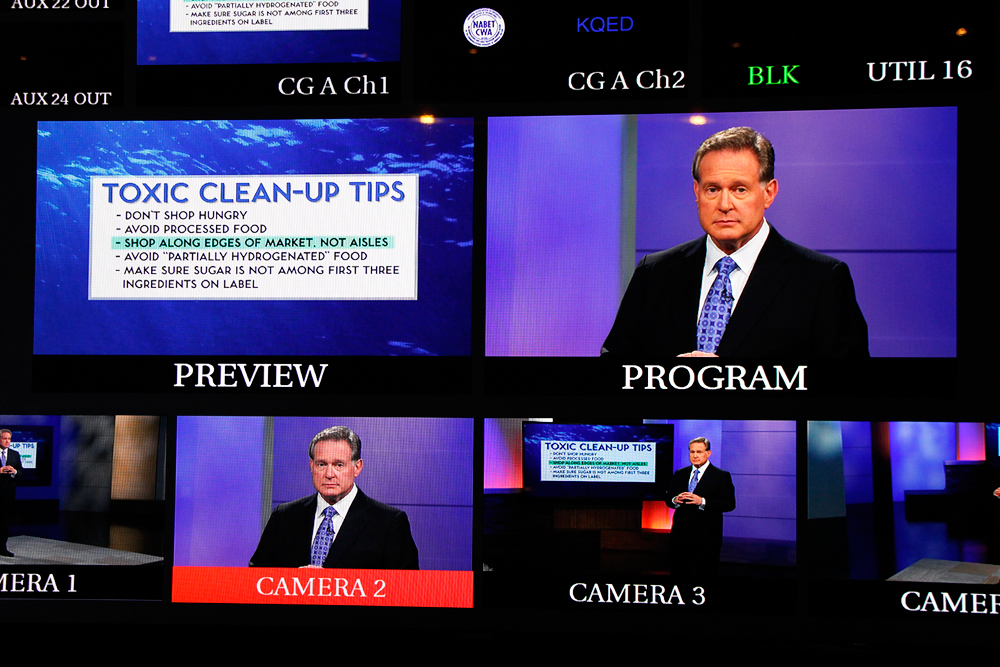
Before the New York Times asked if sugar was toxic, before Michael Bloomberg tried to ban large sodas in New York City, before people starting calling sugar “the new tobacco,” UCSF endocrinologist Robert Lustig stood in front of a crowd of UCSF extension students and told them that the increase in obesity over the last 30 years is the result of one thing: increased amounts of sugar in our diet. Lustig’s lecture—a combination of righteous anger and dry science—went on to become a surprise viral hit: since it debuted on YouTube in 2009, it’s been viewed almost five million times.
That lecture was just the beginning of Lustig’s campaign to prove that sugar is the cause of the rise of obesity and other dangerous diseases. He wrote a New York Times bestseller, 2012’s Fat Chance: Beating the Odds Against Sugar, Processed Food, Obesity, and Disease, and came out with a companion cookbook The Fat Chance Cookbook: More Than 100 Recipes Ready in Under 30 Minutes to Help You Lose the Sugar and the Weight, in December of 2013. Recently, he spoke at KQED for a special presentation (airing in October) called “Sweet Revenge: Turning the Tables on Processed Food.”
Lustig’s popularity can partially be attributed to his message that obesity is the result of a broken food system—not laziness or gluttony. For many people, who’ve been told for years that if they simply had more willpower, they’d be guaranteed thinness and good health, his message is a relief.
One of those people is Cindy Gershen. When Lustig met Gershen, the owner of Walnut Creek’s Sunrise Bistro, she was 100 pounds overweight. After meeting Lustig and following his eating advice, she lost the weight and started teaching a nutrition class at Concord’s Mt. Diablo High School, where many of her students have undergone similar weight loss transformations. In 2007, she created the Wellness City Challenge, a healthy living advocacy group that encouraged restaurants to remove trans fats and citizens to exercise.

Gershen, who developed the recipes for last year’s Fat Chance cookbook, described Lustig’s message as a revelation: “I tried every kind of dieting. They said decrease your calories; increase your exercise; you’re lazy; you’re stressed out. And then I met Dr. Lustig. He said it was none of those things. It was all the sugar and it was a lack of fiber. I changed my food to the things that he told me to do. I’ve lost 100 pounds; I’ve restored my vitality, my health, and I’m happy.”


